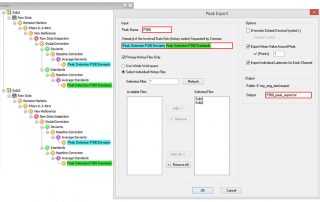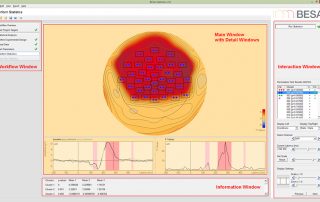Exports for all occasions – A selective overview of Analyzer 2’s most useful export options
BrainVision Analyzer 2 offers some nice export options that will suit (almost) every need for external processing. This article will summarize the most important routes out of Analyzer 2 and give some examples of how to use them within your own analysis.




